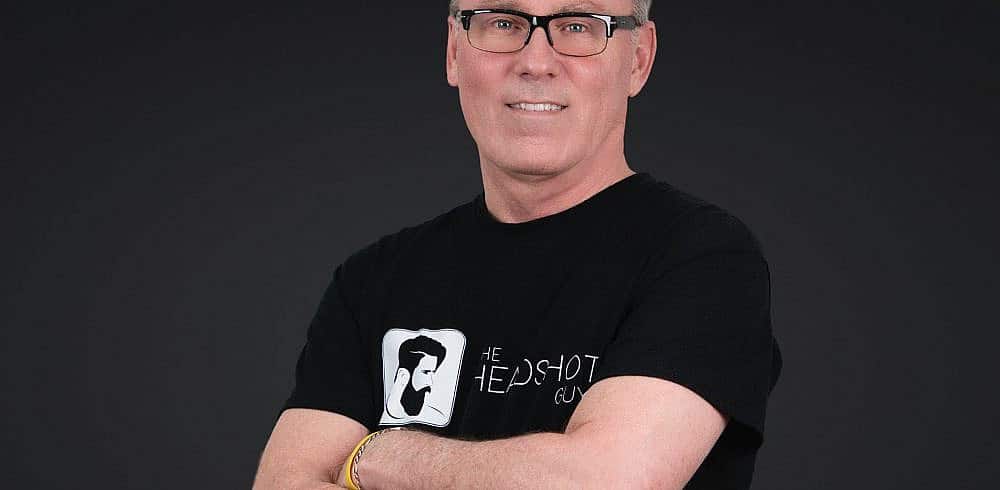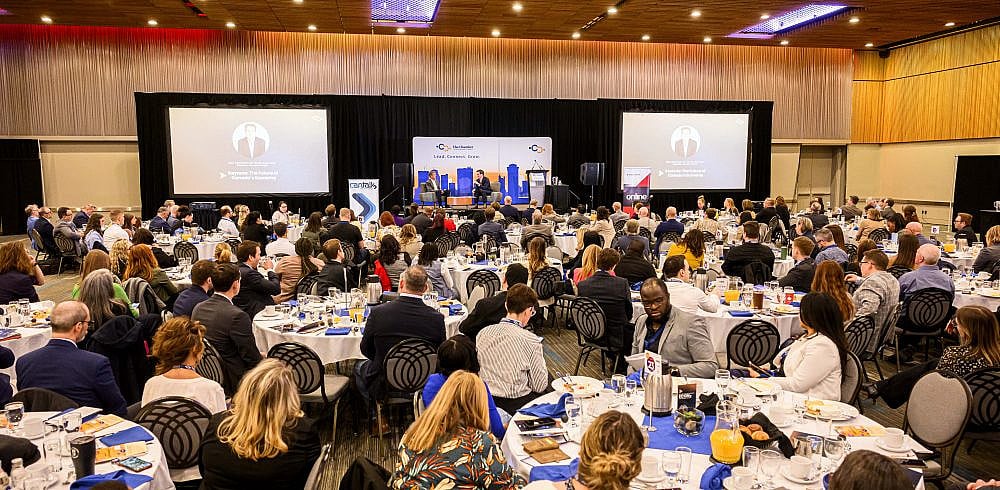5-minute read
Written by Keanna Kennington, Marketing and Communications Coordinator
It might not surprise you that January can take a toll on one’s mental health, an essential discussion in today’s society. That’s why on January 26, we welcomed Deborah Gillis, President & CEO of the Centre for Addiction and Mental Health Foundation (CAMH), to speak at our January Luncheon, where she discussed her career, her struggles with mental health and what it means to be a ‘Normalizer in Chief.’
CAMH is Canada’s largest mental health teaching hospital and provides expert care, research, and education on mental health. In 2020, they worked with researchers, clinicians and experts to create CAMH’s Mental Health Playbook for Business Leaders. This user-friendly guide allows business leaders to learn how to integrate effective mental health solutions for their organizations.
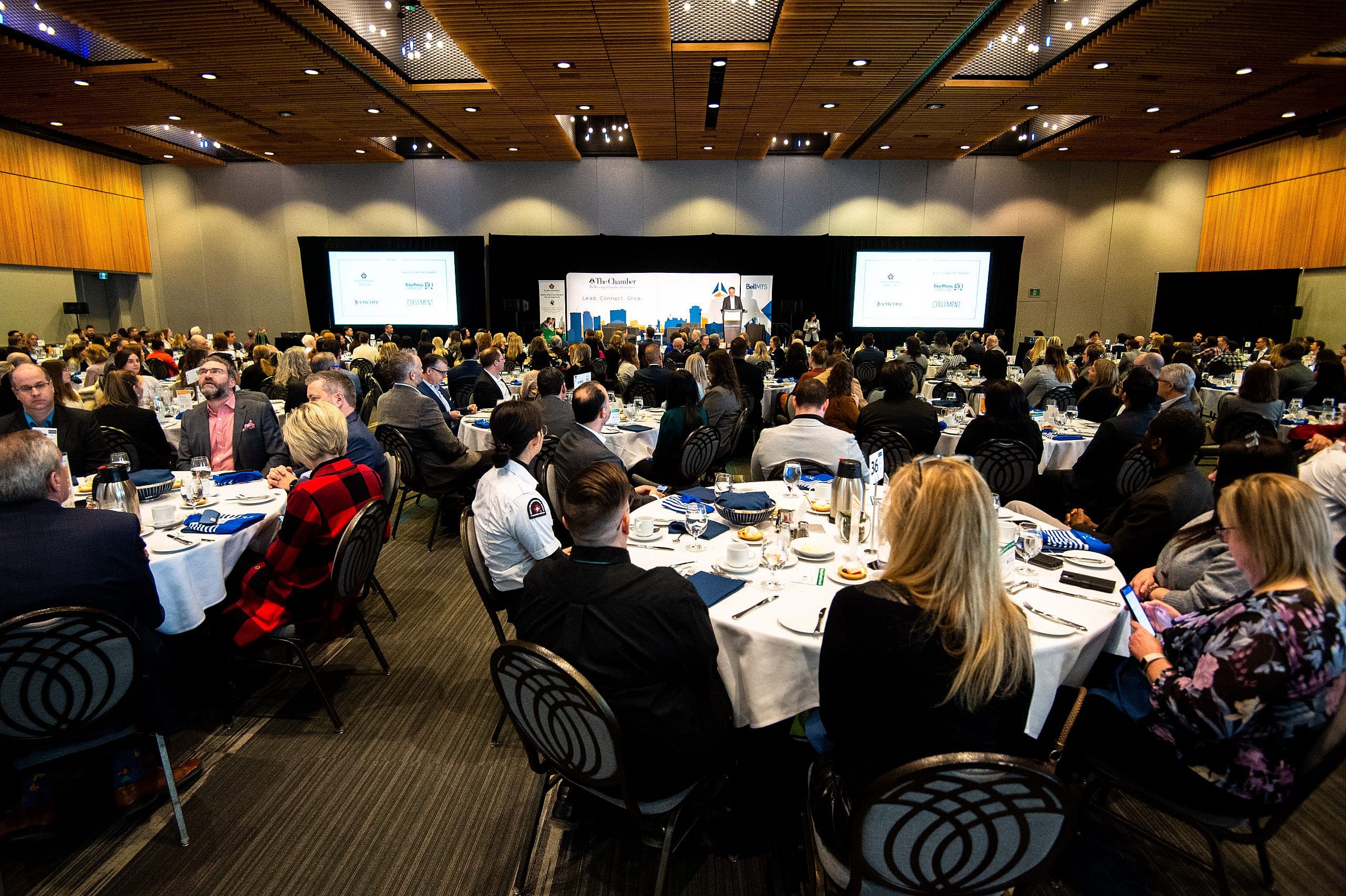
Photography by Mike Sudoma
The phrase’ Normalizers in Chief’ was recurring in Deborah’s speech, and you may be wondering, what does that mean, exactly? Deborah coined the term to encourage everyone, especially business leaders, to normalize the conversation around mental health in the workplace and to do so by openly sharing your own story surrounding mental health.
“Each of us has the power to banish stigma by stepping forward to share our journeys with mental health,” said Deborah. “It’s a responsibility that we all should take very seriously. Because doing so by opening these doors to these conversations invites others in. It can change and, in some cases, save lives.”
Deborah mentioned a recent study that revealed that three-quarters of working Canadians say they would be either reluctant to admit or would not admit to a boss or co-worker that they are living with a mental illness. This issue results from the negative stigma surrounding mental health, especially in the workplace.
Deborah is no stranger to dealing with mental health struggles, so it is vital for her to share her own story and be a catalyst for change. For Deborah, focusing on causes and issues that align with her and her life experience is where she feels she can be the most significant help to others.
“During the pandemic, I struggled a lot as a person and as a leader. It was a difficult time for me, as it was for so many. I was having difficulty finding joy and purpose in my work at a job I love and a cause so close to my heart,” said Deborah.
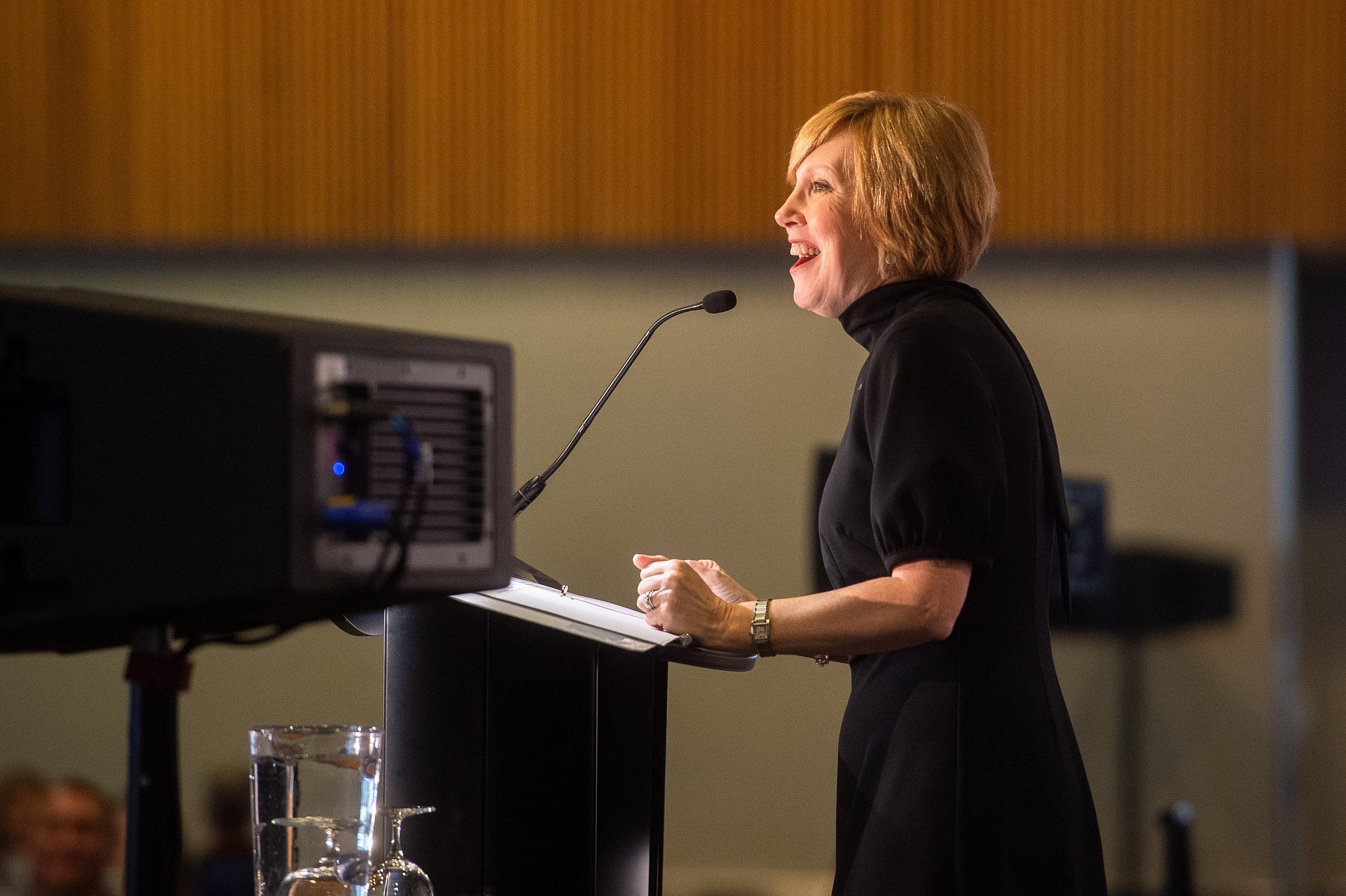
Photography by Mike Sudoma
The playbook features five powerful recommendations for business leaders on creating a mentally safe workplace environment for everyone, the first of which is to create a long-term, organization-wide mental health strategy that goes hand-in-hand with your business strategy. =
Thinking of groups facing discrimination in their daily lives, visible minorities, LGBTQ+ community members, and the Indigenous community, the workplace can be challenging to navigate. Catalyst Canada, a global nonprofit that helps build workplaces for women, found that 33-55% of Black, East Asian and South Asian employees feel on guard at work to protect themselves against bias.
“I’ve always believed that employees are at their best and most productive when they feel able to bring their whole selves to work,” stated Deborah. “So it’s time for us to ask ourselves important, sometimes challenging, questions about how we reduce the friction between work and life. How do we address job-related stress? Where is discrimination occurring in your organization? And what kinds of support do your employees need or want?”
The second recommendation is mandatory mental health training for leadership. Deborah repeatedly stated that shifting your organization’s culture to one that values employees’ mental health begins at the top with leaders and CEOs. From workshops to formal certification courses, ensuring the training is mandatory is essential in championing workplace mental health.
The third recommendation is to develop tailored mental health support. Like most things, there is no one-size-fits-all to mental health solutions in the workplace. During the fireside chat, our President and CEO, Loren Remillard, asked Deborah how an organization can best deal with intersectionality. She stated that it first starts with understanding the intersectionality in your organization.
“I can’t stress the importance of inclusivity enough. Different cultures view stigma and mental health treatment differently because their experiences with the health care system have been so different,” said Deborah.
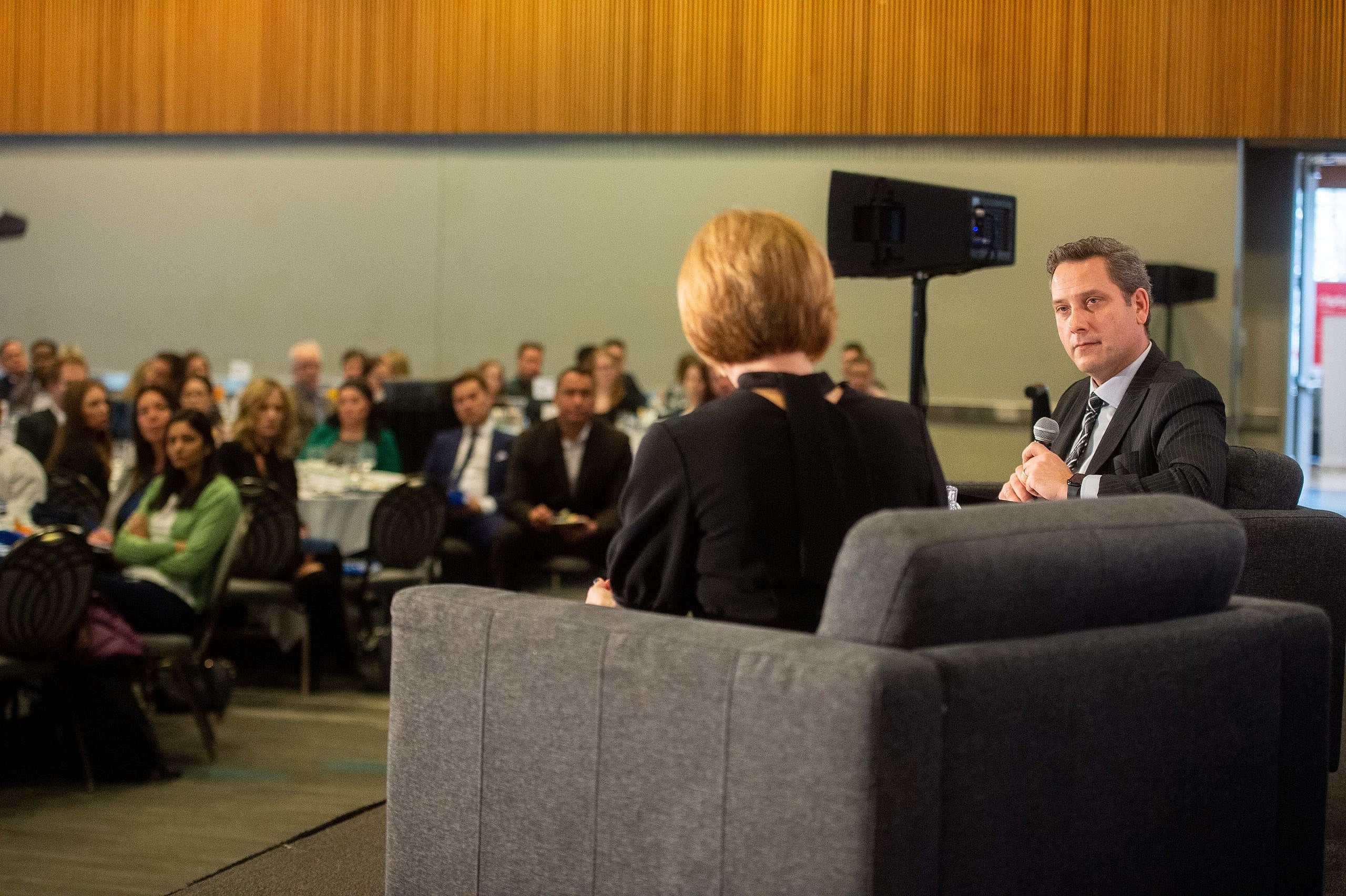
Photography by Mike Sudoma
The fourth recommendation is prioritizing the return to work process. Returning to work after a leave shouldn’t be the end of support for an employee, and it’s a crucial stage in the support process. Practicing compassion and sensitivity and planning a comfortable return can mean everything to employees going through a difficult time.
Fifth, and finally, track your progress. Measuring performance is a key pillar for a sound workplace mental health strategy. Organized data can show what’s working and what isn’t and ensure fairness and equity across the organization.
“Mental illness in the workplace will never be eliminated, and the journey to creating mentally healthy workplaces will never be complete. It is a journey,” said Deborah. “We all have a role to play and must continue to improve. And I’m confident that we will because we’re already seeing how many Canadian business leaders are taking up the cause.”

